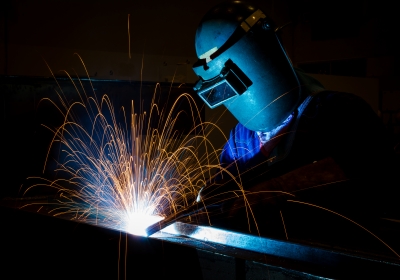Critical Skills Beginning Welders Need to Master
The welding trades provide opportunities for more than 350,000 individuals in the United States alone. As of 2012, there were 357,400 welders, cutters, solderers, and brazers in the United States, making on average $17.45 an hour or $36,300 annually. The lowest 10 percent earned less than $24,720, and the top 10 percent earned more than $56,130. The primary job of a welder is to join pieces of metal with a weld. Such individuals are employed in the manufacturing, shipbuilding, and construction industries. A person with a high school diploma (or equivalency degree) and some additional training is qualified to become a welder.
Becoming a welder requires you to master certain critical skills necessary to be successful. Some of these critical skills include having an understanding of the different types of welds, mastering amperage and filler speed, and understanding how to choose the correct filler rods.
Understanding the Different Types of Welds

Welding processes in the automotive and manufacturing industry use gas metal or gas tungsten arc welding. Plasma arc and shielded-metal arc welding are also processes that are used in manufacturing. Working with stainless steel requires a mastery of the tungsten inert gas or TIG welding process. If you really want to get exotic you can learn [Read more…] about Is a Career as a Welder for You?
